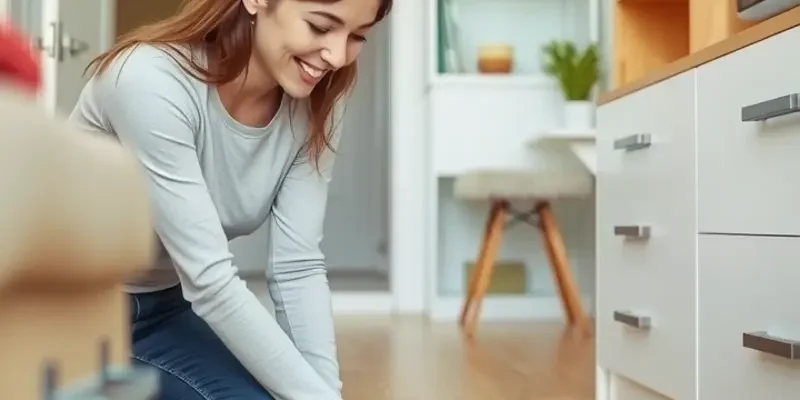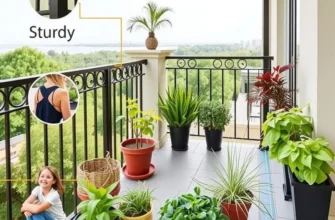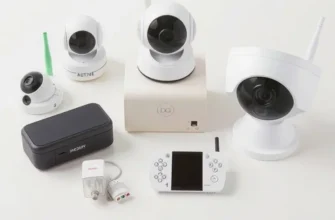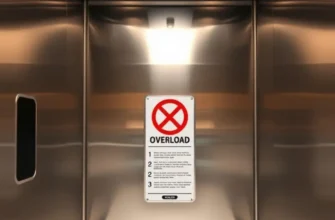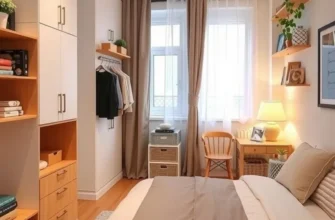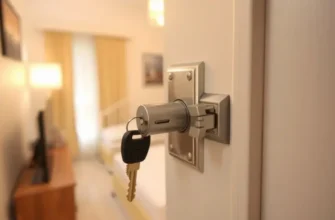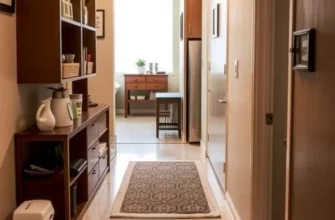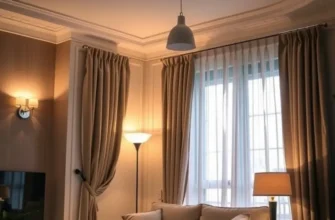As a renter, ensuring the safety of your child in an apartment setting can feel daunting amidst various concerns like security features, maintenance obligations, and potential hazards. However, with the right strategies, you can cultivate a child-friendly environment that prioritizes both safety and ease. Factors like securing windows, managing household items, and collaborating with your landlord can all contribute to a safer home. This guide offers practical, step-by-step measures that empower you to tackle safety challenges head-on while maintaining the comforts of apartment living. Whether you’re a first-time renter or a seasoned pro, these tips will provide reassurance and peace of mind, ensuring that your little ones can explore and thrive in their home surroundings. With a little preparation and vigilance, your apartment can become a secure space for your family to grow, learn, and create cherished memories.
Assessing Your Apartment: Identifying Safety Hazards
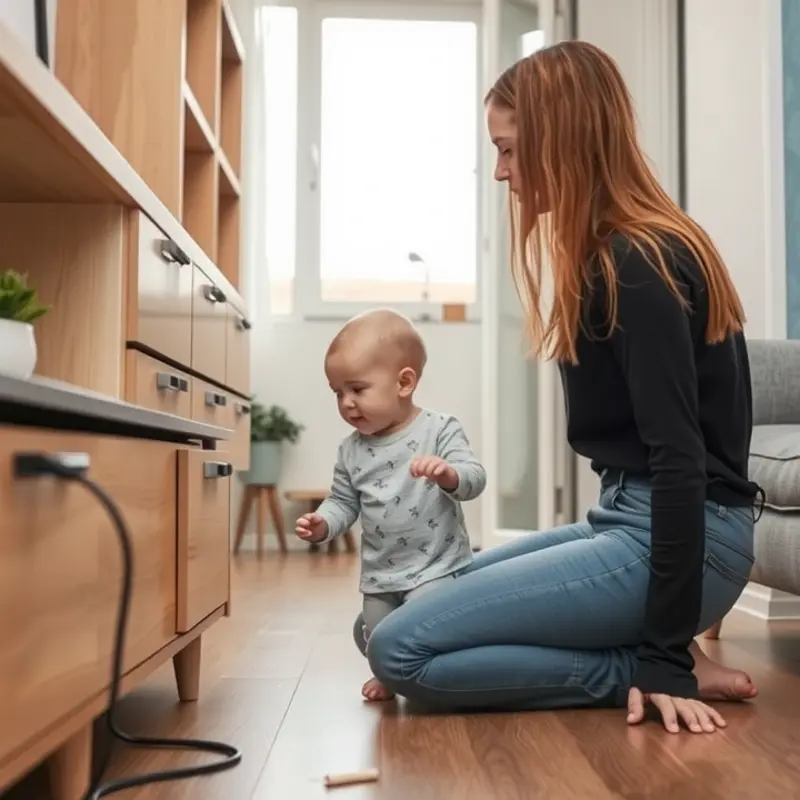
When ensuring child safety in your rented home, the first step is a detailed inspection of each room to pinpoint potential hazards. Begin by embracing a child’s perspective, getting down to their eye level to better identify risks they might encounter.
Start with the living room, often a hub of activity. Survey for sharp corners on furniture, which can be mitigated with corner guards. Also, look for unsecured, heavy objects, such as televisions or bookcases. These should be anchored to the walls to prevent tipping.
In the kitchen, one of the most hazardous spaces, ensure that sharp utensils and hazardous cleaning agents are stored out of children’s reach. Utilize cabinet locks and consider installing stove knob covers to deter young explorers.
Bathrooms present unique risks. Ensure that cleaning products are securely stored and consider installing toilet seat locks. Keep any electrical appliances unplugged and away from water sources to prevent electric shock.
For infants and toddlers, loose wiring can be especially dangerous. Examine every room for exposed cords from blinds, lamps, or electronics. These should be secured to avoid tripping or strangulation hazards. Using cord shorteners or covers can address this effectively.
Windows pose a significant concern, especially in multi-story buildings. Ensure that window locks are functional and consider installing window guards. For tips on child-safe window decorating practices, explore appropriate strategies on decorating rental windows.
After identification, create a list of these hazards and prioritize them. This prioritization should consider both the severity of potential injuries and the age-specific risks to your child. For instance, unsecured windows and exposed cords may pose greater immediate threats compared to furniture with sharp edges.
Next, communicate with your landlord to secure permission for any alterations. A cooperative landlord is key to creating a safer environment. Clearly present the safety improvements you wish to make, accompanied by explanations. This might include installing safety gates, cupboard locks, or anchoring heavy furniture.
To report issues effectively, emphasize that these measures are not permanent alterations but essential, non-invasive safety enhancements. Highlighting your willingness to restore the apartment to its original state upon lease termination may also facilitate approval.
By thoroughly assessing your apartment from a child’s viewpoint, prioritizing potential hazards, and engaging openly with your landlord, you can forge a proactive partnership aimed at enhancing the safety of your home. Implementing these safeguards will ensure that your home is not only welcoming but, above all, a secure haven for your little ones.
Childproofing Essentials: Practical Steps and Solutions
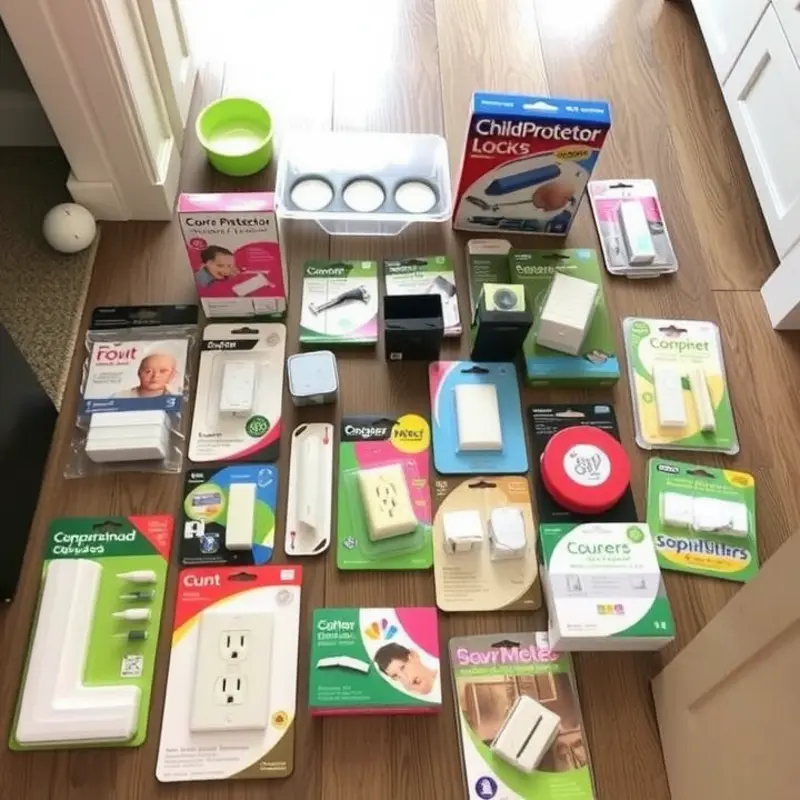
To create a secure environment for your child, start by addressing the most common hazards: windows, outlets, and furniture corners. Protecting children from window falls is critical. Install window guards or stops that prevent windows from opening more than a few inches. These solutions can usually be installed without drilling, suitable for renters concerned about property damage.
Covering electrical outlets is essential. Choose outlet covers that are easy for adults to remove but challenging for little fingers. Sliding outlet covers are a popular choice because they automatically close, which offers peace of mind. If you’re renting, ensure these covers won’t leave marks or require permanent fixtures.
Furniture with sharp edges poses another risk. Use corner guards to soften these edges, helping to prevent injuries when toddlers inevitably bump into them. Look for guards that use adhesive that doesn’t damage surfaces, making them perfect for rental spaces.
Compiling a list of child safety products can simplify this process. Prioritize items based on the specific layout and challenges of your living space. Consider door lever locks, anti-tip straps for heavy furniture, and cord holders to manage lamp or blind cords. For renters, many products are non-invasive and removable, ensuring they can be taken with you or adjusted as your child grows.
Beyond products, adopting practical safety habits in your daily routine can greatly enhance security. Curious toddlers often open cabinets and drawers. Magnetic locks, which are typically adhesive-based, provide a renter-friendly solution that keeps potentially harmful items out of reach.
Creating a safe haven for your child also involves focusing on less obvious elements of your home. Ensure that cleaning supplies and hazardous materials are stored high up or behind locked cabinets. Smoke and carbon monoxide detectors should be tested regularly; if they’re dated or inadequate, notify your landlord to address these issues swiftly.
Since many parents also navigate the inclusion of pets in their homes, balancing child safety with pet needs is essential. Exploring pet-friendly flooring solutions can offer insights that benefit both children and pets.
Lastly, remain adaptable. Children’s needs evolve, and so should your safety measures. Regularly reassess your space to ensure it grows with your child, maintaining a secure and nurturing home environment. By integrating these practical steps with thoughtful product selections, you can transform your apartment into a safe haven for your child.
Final words
Raising children in an apartment presents unique challenges, but with proper planning and proactive measures, you can ensure a safe and nurturing environment. By assessing your space for hazards and implementing smart childproofing techniques, you can significantly reduce risks and create a living situation that provides peace of mind. Remember to communicate with your landlord regarding safety concerns and necessary installations; collaborative efforts can lead to quicker resolutions. Prioritize your child’s well-being, and you’ll not only enhance their safety but also create countless memories within your apartment that you can cherish for years.

